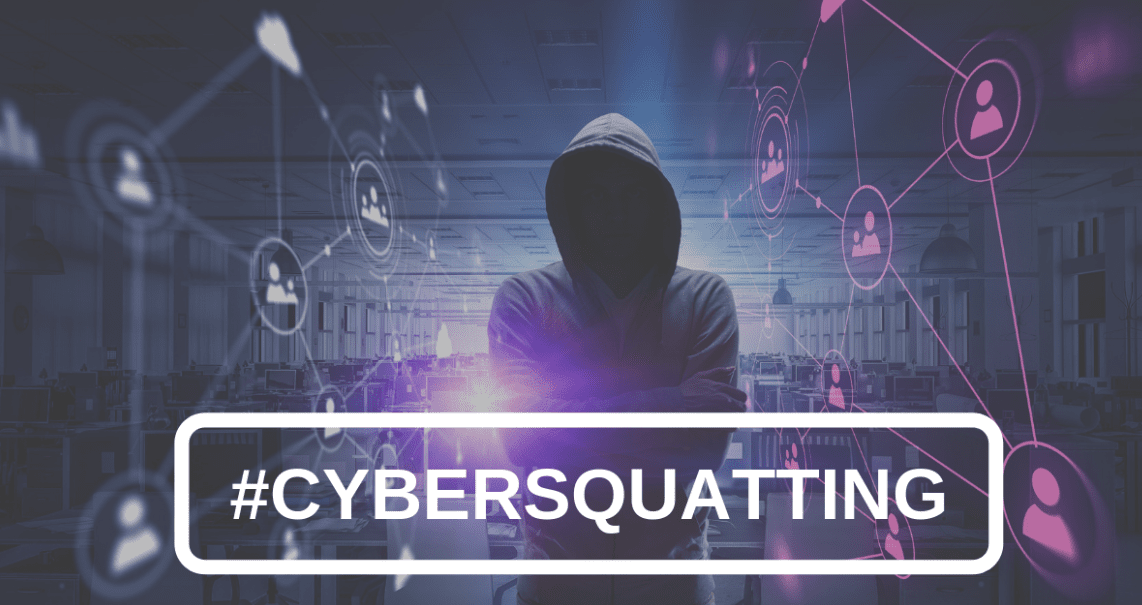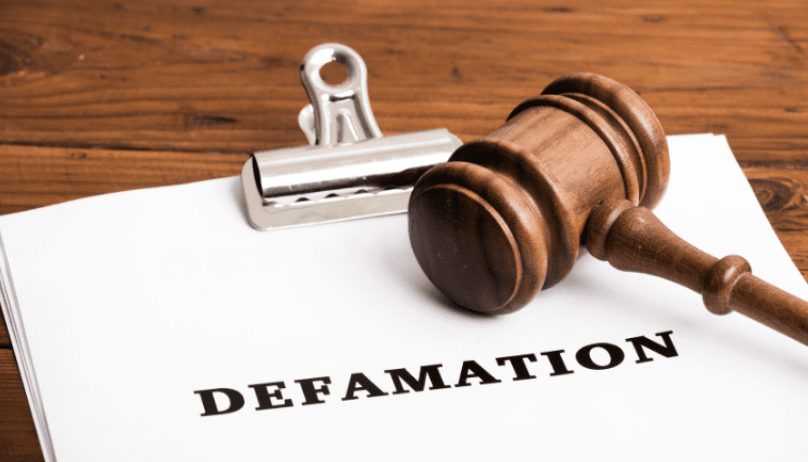As a business owner, you know that protecting your brand is essential to your success. But did you know that online identity theft is a real threat? In this blog post, we’ll explain what online identity theft is and how you can protect your brand from it. Keep reading to learn more!
What is brand equity for an online business?
Brand equity is the value of a brand relative to the competition. It is calculated by multiplying the brand’s market share by the company’s profit margin. A high brand equity means that the company is making more money on its brands than its competitors.
There are several factors that contribute to a company’s brand equity. One of the most important is the strength of the brand’s identity. A strong identity means that consumers see the brand as unique and different from its competitors. The company must also be able to communicate its identity effectively to consumers.
Another factor that contributes to brand equity is customer loyalty. Consumers who are loyal to a brand are more likely to buy from the company again in the future. The company must continue to offer quality products and services if it wants to retain customers’ loyalty.
Finally, a company’s marketing efforts also play a role in building brand equity. A successful marketing campaign can help increase consumer awareness and create positive associations with the brand. A company must continually invest in marketing in order to maintain its brand equity.
How scammers and trolls can harm your brand?
As a business owner, you know the importance of protecting your brand. Unfortunately, scammers and trolls can harm your brand by spreading misinformation or causing public relations disasters.
Scammers often try to steal your customers’ personal information or money. They may use phishing emails or fraudulent websites to trick people into giving away their passwords or credit card numbers.
Trolls are people who post inflammatory or insulting comments online in order to provoke a reaction. They can damage your brand by spreading false information or making rude remarks about your company.
Both scammers and trolls can be very damaging to your business, so it’s important to take steps to protect yourself from them. Here are a few tips:
- Use strong passwords and keep them confidential.
- Install anti-virus software on your computer and keep it up-to-date.
- Be careful about what you share online, and make sure that your social media accounts are set to private if necessary.
- Monitor your online reputation and respond quickly to any negative comments.
- Educate your employees about how to protect themselves from scammers and trolls.
- Stay informed about the latest scams and troll tactics so that you can stay ahead of them.
Traffic diversion schemes
Traffic diversion schemes are nothing new, but their effectiveness can still be questioned by some. Most people know of these schemes as the use of cones and signs to route traffic away from an area where work is being done, or an accident has occurred. But what about when there is no work being done and no accident has occurred?
Some drivers will take it upon themselves to use a traffic diversion scheme even when there is no work being done. They will put up cones and signs to reroute traffic away from their driveway or street. This can be very frustrating for other drivers who are trying to get to their destination. It can also be dangerous if drivers are not paying attention and end up in a different lane than they intended.
There have been some cases of drivers using traffic diversion schemes to reroute traffic in order to get to a better spot to park. This can cause a lot of congestion and frustration for other drivers. It can also lead to accidents if people are not paying attention.
There is no real way to stop people from using traffic diversion schemes, but you can be prepared for them by knowing how to navigate them. If you see cones and signs, be sure to take note of the route that is being diverted and follow it. If there is no work being done and no accident has occurred, you may want to report the driver who put up the cones and signs.
SEO manipulation
In a perfect world, SEO would be about creating valuable content and earning links through natural means. However, in the real world, some businesses resort to manipulative tactics in order to boost their search engine rankings.
These tactics can be harmful to both the business and its customers. Some of the more common methods of SEO manipulation include:
- Keyword stuffing – This involves filling a page with so many keywords that it becomes difficult to read. Not only is this technique ineffective, but it can also get your website penalized by Google.
- Cloaking – This is when a web page is designed to show one thing to humans and something else entirely to search engines. This is often done in an attempt to game the system and improve rankings. However, it can result in a penalty from Google.
- Link farming – This is when a business creates fake websites or blog pages specifically for the purpose of linking back to their main site. Not only is this technique ineffective, but it can also lead to penalties from Google.
- Article spinning – This is when a writer takes an existing article and rewrites it using different words, in an attempt to fool the search engines into thinking it’s new content. Not only is this technique ineffective, but it can also get your website penalized by Google.
Cybersquatting and typosquatting

Cybersquatting and typosquatting are two very similar types of online trademark infringement. Both involve the registration of a domain name that is similar to, or possibly identical to, a trademarked name owned by someone else.
The main difference between the two is that cybersquatting usually refers to the registration of a domain name with the intent of profiting from someone else’s trademark, while typosquatting usually refers to the registration of a domain name that is deliberately misspelled in order to lure people who are looking for the trademarked website but have made a typo.
Although cybersquatting and typosquatting may seem like relatively harmless activities, they can actually lead to a lot of confusion for consumers and can be quite damaging to the brands involved.
For example, if someone registers the domain name “amazonshop.com” intending to profit from people who are looking for Amazon’s website, they may end up redirecting visitors to their own website instead.
This can lead to a lot of lost revenue for the brand owner and can also create a negative image for them in the eyes of consumers.
If you think you may have been the victim of cybersquatting or typosquatting, there are a few things you can do:
- Contact the owner of the infringing domain name and ask them to transfer it to you.
- File a complaint with ICANN (the organization that oversees global domain names) or your local domain name registry.
- Take legal action against the infringer.
Counterfeiting and grey market sellers
Counterfeiting and grey market sellers are a major threat to brand identity. Counterfeiting is the unauthorized production and sale of products that are meant to look like authentic, branded products. Grey market sellers are authorized retailers who sell products outside of the authorized distribution network. This can include selling products online or in other countries where they are not authorized to do so.
Both counterfeiters and grey market sellers can severely damage a brand’s reputation by selling low-quality or fake products. They can also hurt sales by undercutting prices and flooding the market with illegitimate products. In some cases, counterfeiters may even put consumers’ safety at risk by selling dangerous knock-off products.
There are a number of steps brands can take to protect their identities from counterfeiters and grey market sellers. One is to use anti-counterfeiting technologies such as holograms, watermarks, and tags. Brands can also work with law enforcement agencies to crack down on counterfeiters and grey market sellers. They can also educate consumers about the dangers of buying counterfeit and illegitimate products.
Brand defamation

Brand defamation is a serious issue that can negatively impact a company’s bottom line. In order to protect your brand identity from theft, it’s important to understand what brand defamation is, and how to take steps to prevent it.
Brand defamation is the act of damaging or tarnishing a company’s reputation. This can be done by spreading false information about the company, or by posting negative reviews online. Brand defamation can also occur when competing companies spread rumors about their rivals in an attempt to damage their reputation.
There are several steps that businesses can take to protect themselves from brand defamation.
The first step is to set up a social media policy for employees, and make sure they understand the importance of not posting negative comments about the company online.
Businesses should also monitor social media channels for any negative chatter about their company, and address any complaints promptly.
In addition, businesses should have a crisis management plan in place in case of a major PR disaster. This plan should include steps for how to handle negative press, and how to respond to accusations made against the company.
Finally, businesses should work with a trusted marketing agency to help build and protect their brand image.
An experienced marketing agency will have the tools and expertise necessary to help your business stay ahead of the competition and protect your brand from defamation.
How to protect your brand from theft online
In today’s digital age, brand theft is a common occurrence. Here are a few tips to help protect your brand from theft online:
- Use unique names and trademarks. This will make it difficult for others to replicate your brand.
- Register your trademarks with the USPTO. This will help protect your brand from being used by others without permission.
- Monitor the internet for any unauthorized use of your brand. Use online tools to track down unauthorized domains and websites.
- Take legal action against anyone who infringes on your trademarks. This may be the only way to stop them from using your brand without permission.
Protecting your brand identity as you scale
As a business grows, it becomes increasingly important to protect its brand identity. This means taking measures to ensure that the company’s name, logo, and other trademarks are not used or copied by other businesses.
One way to protect a brand is to register the trademarks with the appropriate government agencies. The United States Patent and Trademark Office (USPTO) is one such agency, and businesses can file for federal trademark protection through the USPTO.
Another way to protect a brand is to use copyright protection. Copyright law gives creators of original works exclusive rights over their creations. This means that others cannot use or copy the work without permission from the copyright holder.
Brand protection is important because it helps businesses maintain control over their brands and avoid possible confusion in the marketplace. By taking steps to protect their brands, businesses can ensure that they stay distinct and recognizable in the eyes of consumers.
Quick Links
- How to Use Amazon Posts for Brand Discovery New Guide
- How to Build Your Own Brand From Scratch Steps: New Guide
- How to Use Amazon Sponsored Brands Ads? Complete Process
Conclusion- How to Protect Your Brand From Identity Theft Online 2024
Your brand is your livelihood. It’s how customers know and trust you. So, when identity thieves try to take advantage of that by stealing your online presence, it can be devastating—not just for you, but for your customer relationships as well.
But by taking a few proactive measures, you can protect your brand from online identity theft and the disastrous consequences that come with it. Now that you know how to defend your brand online, put these tips into action and sleep soundly knowing your business is safe from fraudsters.

